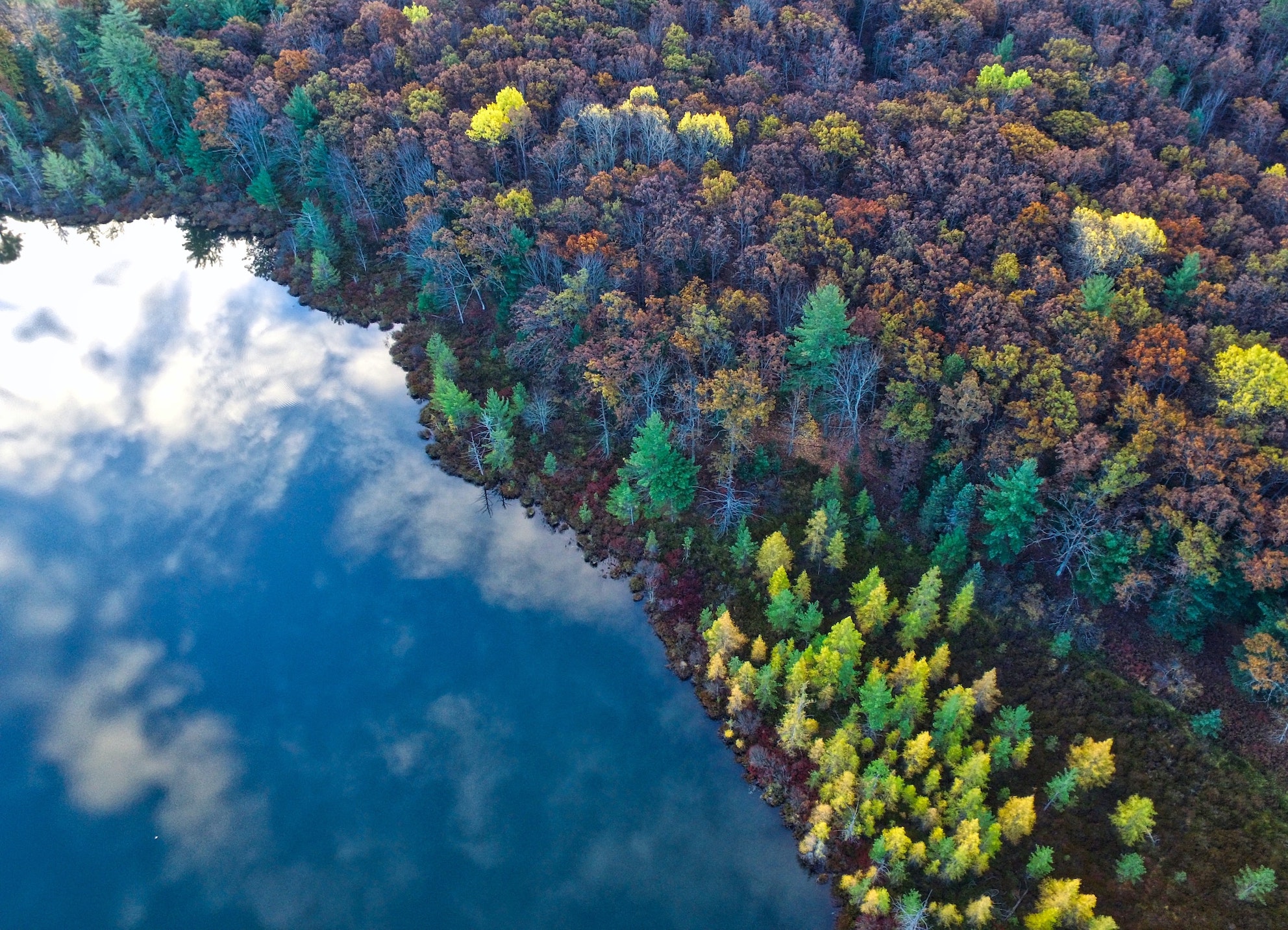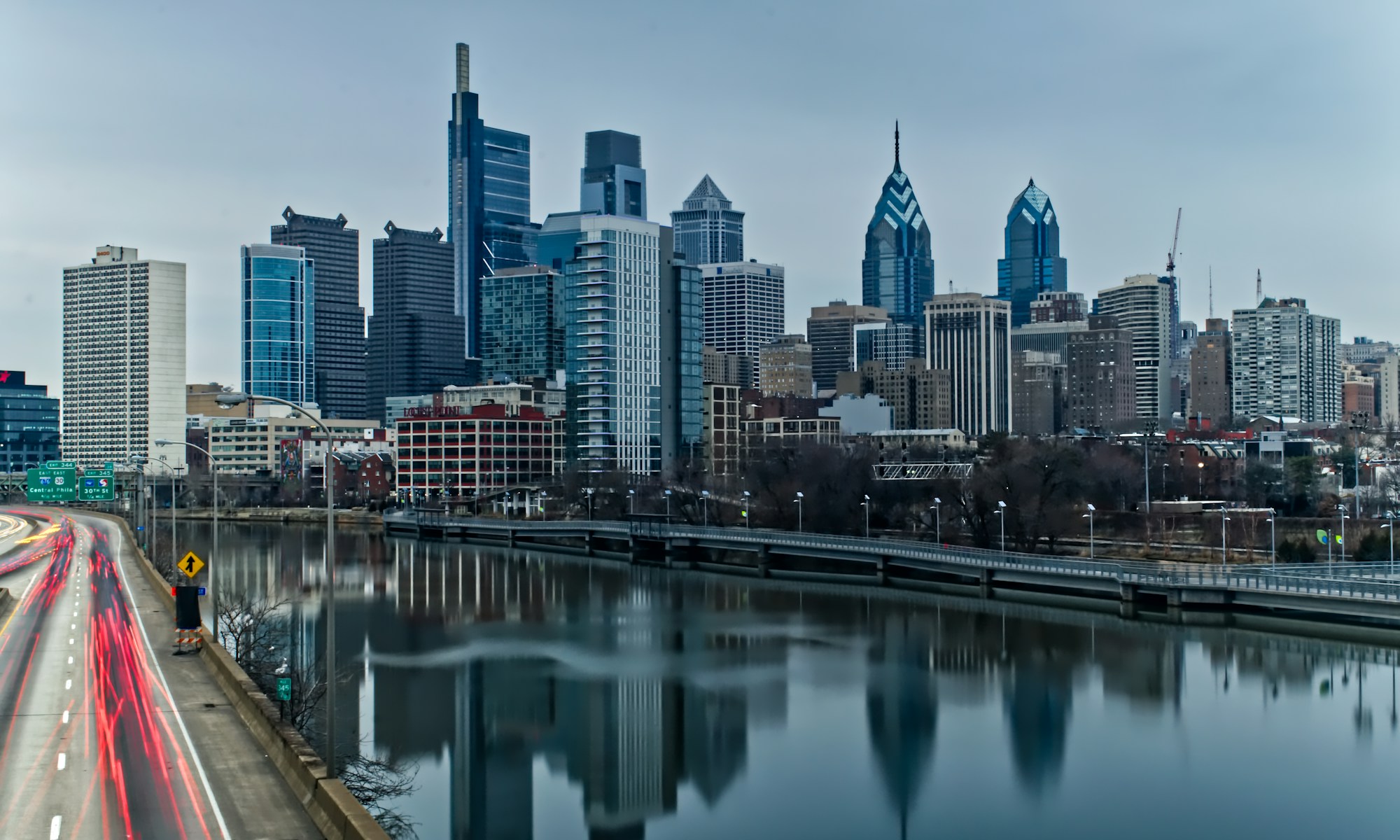9 February 2022 – by Mia Bezar
This article is part of Earth Refuge’s Spotlight Series on Philadelphia
When Michael Nutter stepped onto the stage at a forum for the 2007 Philadelphia mayoral primary election, he appeared to be in last place, trailing behind far more prominent and powerful candidates. The one advantage that Nutter had, however, was that he was the only candidate prepared to discuss environmental policy. Shortly thereafter, Nutter mounted a comeback and was elected mayor, making sustainability and environmentalism central to his administration’s work, declaring a goal of making Philadelphia the greenest city in America.
Even though good has come of that initial 2007 commitment to sustainability, there are still several environmental challenges to be addressed before Philadelphia can truly live up to the label of being the “greenest city in America.”
Greenworks
In 2009, during the Nutter administration, the city launched Greenworks, an innovative initiative that set a long-term vision for sustainability goals in Philadelphia and paved the way for several key programs. Greenworks was unique because it not only spurred environmental policies, it also aimed to weave sustainability into all areas of city policy. In many ways, Greenworks has found major success and served as a model for other cities across the country.
One major Greenworks success has been a cross-departmental program targeted toward reducing the city’s asthma rates. Through a collaboration between Philadelphia’s Departments of Sustainability and Public Health, the city has improved indoor air qualities in areas with higher rates of asthma by encouraging smoke-free policies and reducing other asthma triggers. As a result, rates of asthma hospitalizations in children have declined significantly since the program was launched.
Greenworks has also created programs to address larger environmental drivers of health issues like asthma. In 2019, the city passed the Building Energy Performance Policy, which requires large non-residential buildings to either certify high performance or perform maintenance to improve their energy efficiency. With buildings producing around 79% of Philadelphia’s overall carbon emissions, the policy was expected to cut the city’s carbon emissions by almost 200,000 metric tons, or the equivalent of taking 40,000 cars off the road. The policy is just one aspect of the city’s Municipal Energy Master Plan,, the city’s larger plan for reducing carbon emissions. Thus far, the plan has been a success: a recent report shows that Philadelphia has reduced greenhouse gas emissions by 33% since 2006, putting the city on track to reach its goal of reducing emissions by 50% by 2030.
Community Engagement
While Greenworks has fostered successful systems-level initiatives, the Office of Sustainability has also recognized the need for more projects that engage individuals directly. For instance, a Greenworks program called TreePhilly has encouraged thousands of Philadelphians to help work towards the city’s goal of reaching 30% tree canopy in every neighborhood. A related program called the Philly Tree Program partners with non-profit organizations to overcome language barriers to seek input from non-native English speakers in deciding where trees should be planted to maximize their community impact.
Another realm in which the city has been able to engage the community is with green stormwater infrastructure. In 2011, the Philadelphia Water Department launched Green City Clean Waters, a plan to reduce the amount of stormwater entering sewers. Like TreePhilly, the plan generated overwhelming public support because of surveys and educational resources that the Water Department used to gauge Philadelphians’ interest. Overall, Green City Clean Waters has been a success: in a decade, the city has managed to install enough green tools to keep almost 3 billion gallons of polluted water out of surrounding rivers. However, a report from the city showed that rising sea levels will compromise many stormwater outfall structures, preventing proper drainage. Philadelphia needs to continue to assess its own systems and monitor the situation in order for true climate change preparedness.
Moving Forward
Philadelphia has made significant progress in sustainability, and the city must continue to address the current needs of its residents while preparing for the future. In recent years, the city has managed to educate its citizens on many environmental issues through Greenworks that they would not have been engaged with otherwise. While Philadelphia still has work to do, the city has taken impressive steps in the right direction.



